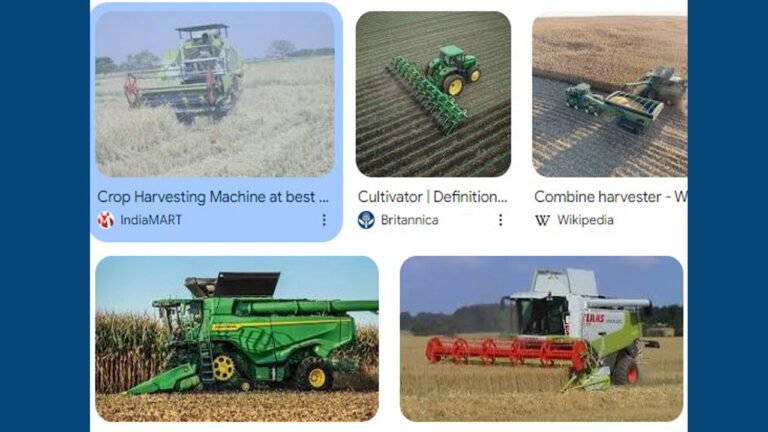Advantages of a Lifter Machine That Allows You to Lift Heavy Loads
In industries ranging from construction and manufacturing to warehousing and logistics, handling heavy materials is a daily task. A lifter machine, designed to lift and move heavy loads, has become an indispensable tool in many workplaces. These machines not only enhance productivity but also ensure safety and efficiency when dealing with bulky or weighty items. Let’s explore the key advantages of using a lifter machine and how it can benefit various industries.
1. Increased Efficiency and Productivity
One of the most significant advantages of lifter machines is their ability to increase efficiency and boost productivity. Manual lifting can be time-consuming and physically demanding, limiting the amount of work that can be accomplished in a given period. By using a lifter machine, workers can lift and move heavy loads faster and more efficiently, allowing them to complete tasks in less time.
With the use of a lifter machine, companies can:
- Handle more loads per hour, increasing throughput.
- Reduce the number of workers needed for certain tasks, optimizing labor costs.
- Streamline operations, especially in warehouses, factories, or construction sites.

2. Improved Safety for Workers
Lifting heavy loads manually poses significant risks to workers, including back injuries, muscle strains, and long-term physical damage. Lifter machines greatly reduce these risks by allowing machines to do the heavy lifting, rather than workers relying on their own strength.
The safety benefits of lifter machines include:
- Minimizing the risk of injuries, which can lead to fewer workplace accidents and lost workdays.
- Ergonomic designs that ensure workers can operate the machine comfortably and safely.
- Reducing fatigue, as workers are not subjected to strenuous physical labor, allowing them to work longer without compromising safety.
In industries where heavy materials are regularly moved, such as shipping, warehousing, and construction, using a lifter machine can create a safer work environment and reduce the likelihood of injury-related costs.
3. Ability to Handle Extremely Heavy Loads
Lifter machines are designed to lift and move loads that would be impossible for humans to manage on their own. Whether it’s large pallets, industrial materials, or construction equipment, a lifter machine can easily handle weights ranging from hundreds to thousands of pounds. This makes it possible to:
- Move heavy machinery or equipment within factories or workshops.
- Lift large quantities of products in warehouses for storage or shipping.
- Transport bulky construction materials like steel beams, concrete, or other building supplies on construction sites.
By using a lifter machine, companies can manage tasks that require moving extremely heavy objects, tasks that would otherwise be impossible or require multiple workers.
4. Enhanced Precision and Control
Modern lifter machines come equipped with advanced control systems that allow operators to precisely lift, move, and position heavy loads. This level of control is particularly important when handling fragile or valuable materials, where careful handling is essential to avoid damage.
Key benefits of precision include:
- Accurate placement of loads in tight spaces, such as on warehouse shelves or in assembly lines.
- Smooth lifting and movement, reducing the risk of accidents or mishandling.
- The ability to maneuver heavy loads through narrow areas or in confined spaces without causing damage to surrounding equipment or materials.
With such precise control, lifter machines can handle delicate tasks in industries like electronics manufacturing, automotive assembly, and construction.
5. Versatility Across Industries
Lifter machines come in various sizes and designs, making them suitable for use in a wide range of industries. From forklifts in warehouses to cranes on construction sites, these machines are versatile tools that can be adapted to different environments and tasks.
Some of the key industries where lifter machines are used include:
- Warehousing and logistics: For moving pallets, boxes, and other inventory.
- Construction: For lifting building materials like steel, wood, or concrete.
- Manufacturing: For transporting heavy machinery or products within production facilities.
- Healthcare: For moving heavy medical equipment or even assisting in patient handling with specialized lifters.
This versatility makes lifter machines a vital investment for businesses across many sectors, as they can be tailored to suit specific needs.
6. Reduced Labor Costs
By automating the lifting of heavy loads, businesses can reduce the number of workers needed for labor-intensive tasks. This doesn’t just save on direct labor costs but also decreases the likelihood of worker injuries, which can lead to costly compensation claims, medical expenses, and downtime.
In addition, the increased efficiency and speed offered by lifter machines mean that:
- Fewer workers are needed to complete the same amount of work, reducing payroll expenses.
- There is less reliance on manual labor, making it easier to scale operations as the business grows.
7. Easy to Operate and Maintain
Modern lifter machines are designed with user-friendly controls that make them easy to operate, even for workers who may not have extensive technical experience. Many machines also come with built-in safety features, such as automatic load balancing, which helps prevent accidents.
Furthermore, lifter machines are typically easy to maintain, with regular servicing ensuring that they remain in good working condition. This means that businesses can minimize downtime and keep their operations running smoothly with minimal disruptions.
8. Long-Term Cost Savings
While the initial investment in a lifter machine may seem high, the long-term cost savings far outweigh the upfront expense. By increasing productivity, improving worker safety, and reducing labor costs, lifter machines provide significant returns on investment over time. Businesses can expect:
- Lower healthcare costs due to fewer worker injuries.
- Fewer machine breakdowns, thanks to modern designs that ensure durability and reliability.
- Improved overall operational efficiency, resulting in higher profit margins.



